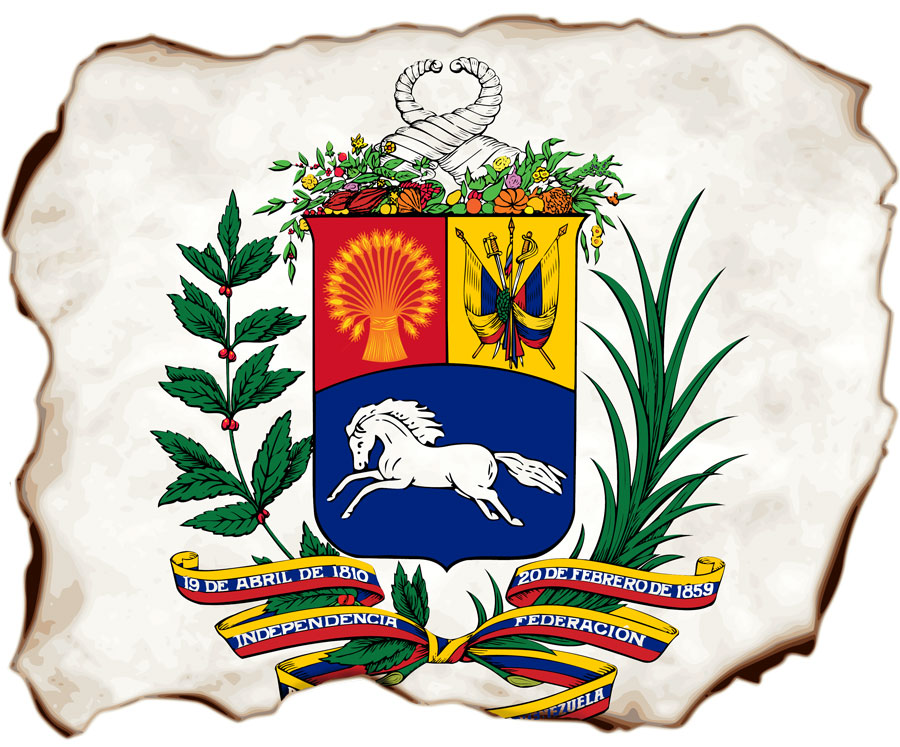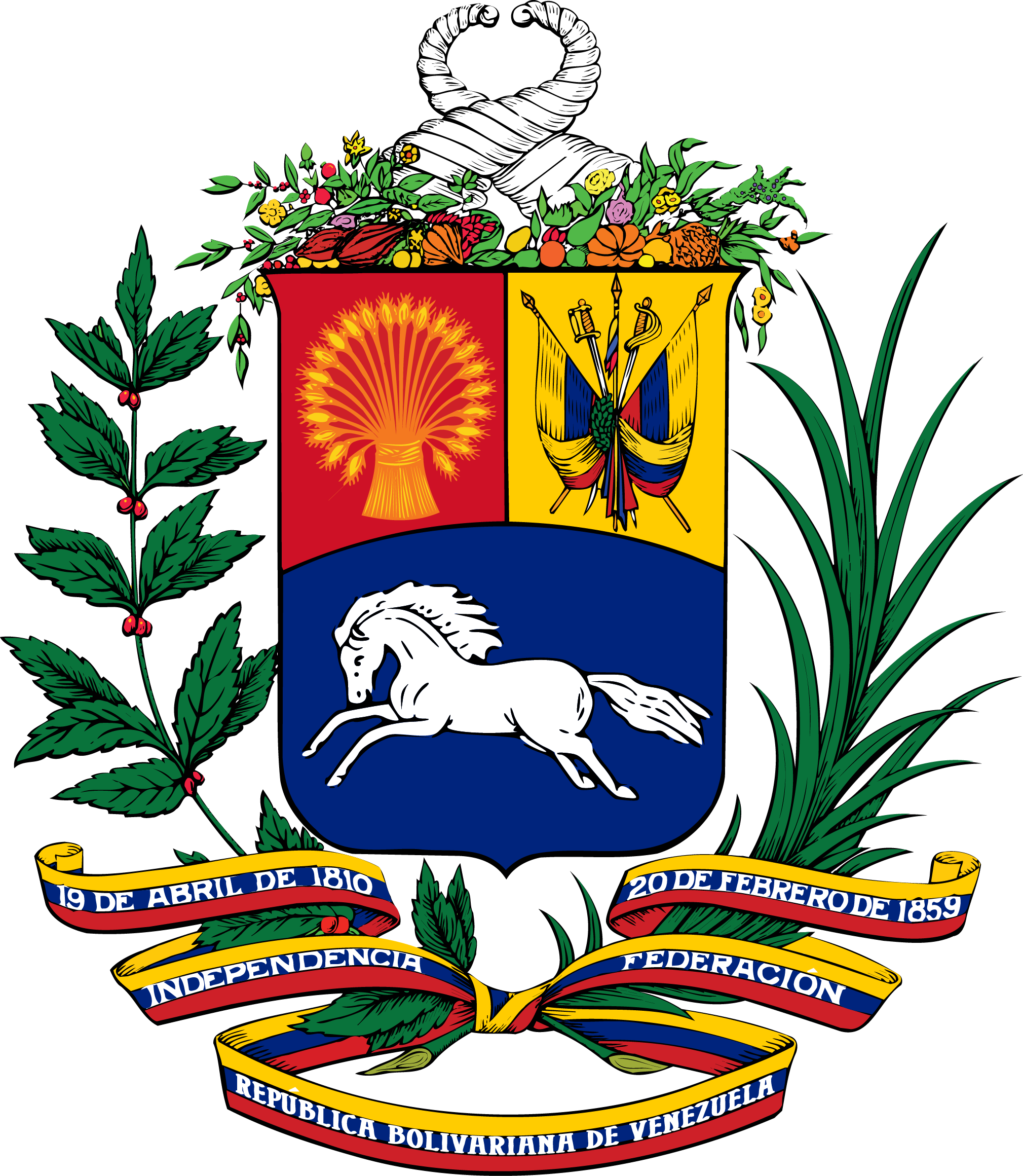Today we continue the second part of a two-part series on the ongoing protests in Venezuela. In part one, Nicholas Laursen wrote about the history of the Venezuelan constitution, the oligarchical parties that dominated the political landscape until 1999, and the Chávez administration’s dedication to a democratic process of constitutional revision. Now we move from history to a discussion of the current situation.
What drives the current opposition to Maduro? The answer is mostly economic—the current protests are related to a rise in crime and inflation, as well as shortages. However, at their core, these grievances are more the ails of the wealthy, propertied classes, and they highlight the economic tension and disparate interests between rich and poor Venezuelans. In order to understand these, however, we have to go back to economic history. Continue reading


